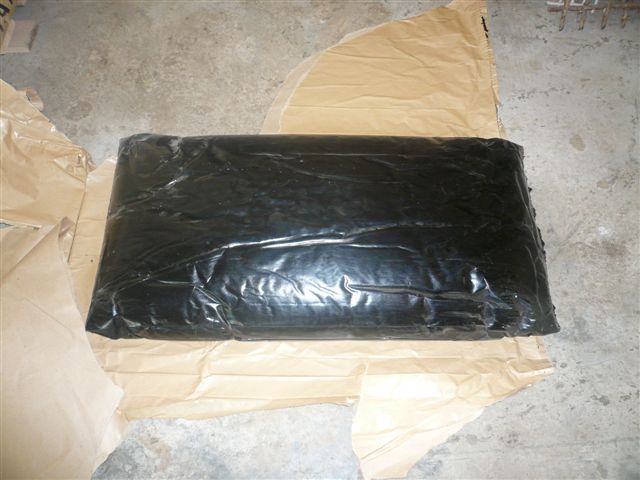Heavy oil and vacuum residue were used to obtain road bitumen 50/70 using two different methods of steam distillation at 323–362 °C and by oxidation, a method using packed column at temperature of 211–220 °C. The obtained residues using two methods steam distillation and oxidation are known as non-oxidized bitumen and oxidized bitumen, respectively. The products were […]
- Home
- About
- Bitumen
- Penetration
- Oxidized Bitumen
- Viscosity grade
- CRMB Grade
- Cutback
- Emulsion
- Cationic
- Cationic Bitumen Emulsion CSS-1
- Cationic Bitumen Emulsion CSS-1h
- Cationic Bitumen Emulsion CMS-2
- Cationic Bitumen Emulsion CMS-2h
- Cationic Bitumen Emulsion CRS-1
- Cationic Bitumen Emulsion CRS-2
- Cationc Bitumen Emulsion K1-40
- Cationic Bitumen Emulsion K1-60
- Cationic Bitumen Emulsion K1-70
- Cationic Bitumen Emulsion K2
- Cationc Bitumen Emulsion K3
- Anionic
- Cationic
- Polymer Modified Bıtumen
- Bitumen Performance grade
- Membrane
- All News
- Blog
- Contact

